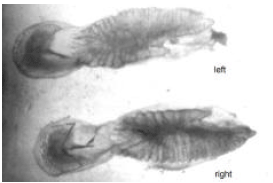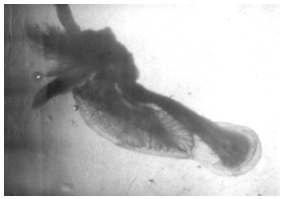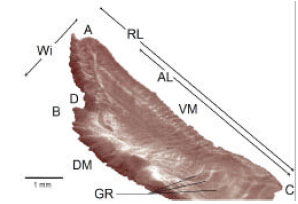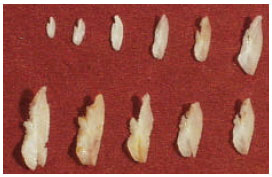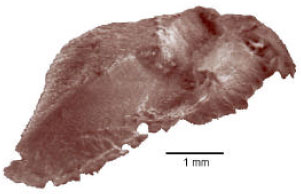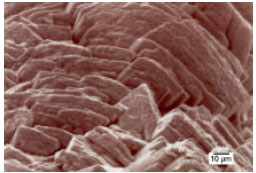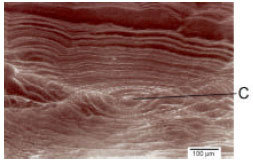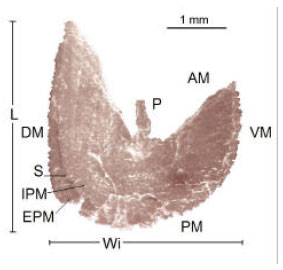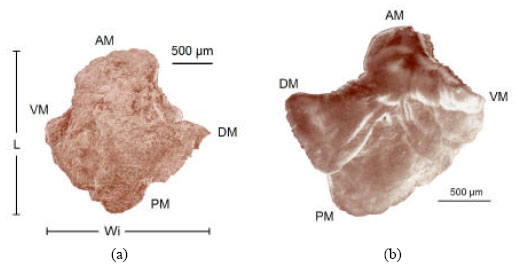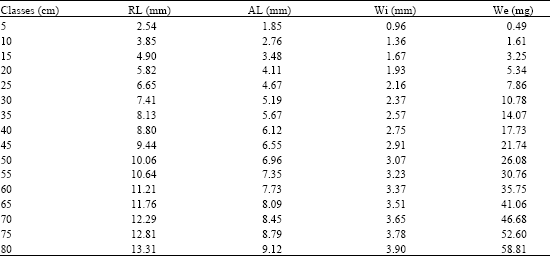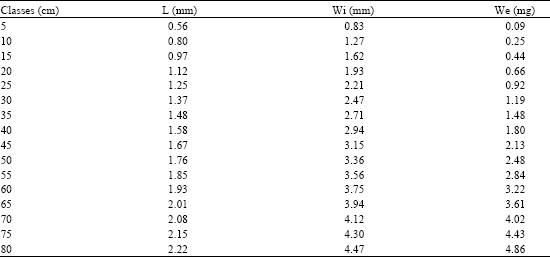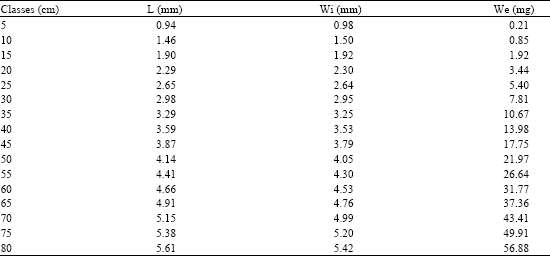Research Article
Morphologic and Morphometric Analysis and Growth Rings Identification of Otoliths: Sagitta, Asteriscus and Lapillus of Caranx caninus (Pisces: Carangidae) in the Coast of Colima, Mexico
CRIP, Manzanillo, INP. Playa Ventanas, Colima, Mexico
Manuel Gallardo-Cabello
UNAM, Mexico, D.F
Arturo Garcia-Boa
CRIP, Manzanillo, INP. Playa Ventanas, Colima, Mexico
Esther G. Cabral-Solis
CRIP, Manzanillo, INP. Playa Ventanas, Colima, Mexico
Marcos Puente-Gomez
CRIP, Manzanillo, INP. Playa Ventanas, Colima, Mexico










